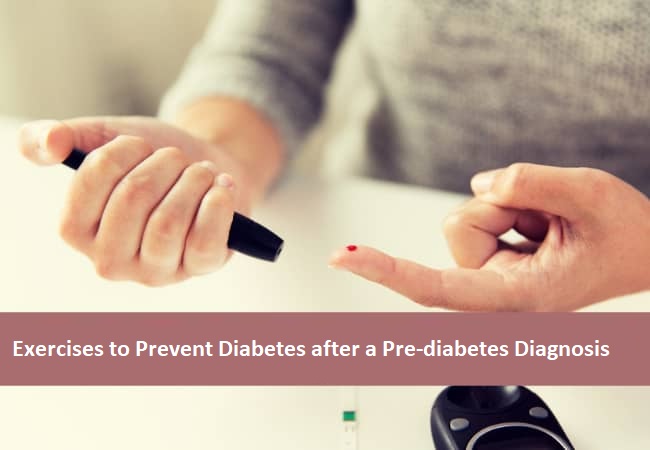Pre-diabetes is a condition that is just at the edge of full-blown diabetes and the estimated prevalence of pre-diabetes, as per the National Urban Diabetes Survey, is around 14 percent in India. Those diagnosed with pre-diabetes have sugar levels that are higher than normal blood sugar level, yet not high enough to be classified as diabetes. Pre-diabetic individuals have a higher risk of heart diseases and other complications. But preventing diabetes at this stage is also possible with some lifestyle changes like changing your diet or exercising.
As per the National Diabetes Prevention Program that is led by the U.S Centres for Disease Control (CDC), losing 5-10 per cent of your body weight and exercising for about 30 minutes each day can help cut down the risk of diabetes by 58%. Controlling your blood glucose is something that can be achieved through medical and lifestyle changes for both pre-diabetics and diabetics. Exercising regularly, taking part in aerobic or cardiovascular activities, and making some diet modifications can help a lot in keeping your blood glucose level in check.
Tips to Follow for Preventing Diabetes after a Pre-Diabetic Check-Up
To make sure that the pre-diabetic condition doesn’t turn into diabetes, one should follow these guidelines or steps, which can help you to get your sugar levels back to normal.
- Before you start with any exercise or workout program, get approval from your physician.
- Slow and steady wins the race is a saying that applies here as well. Start with slow exercises. Take the help of a certified fitness professional who can help you get started and curate a workout regime for you.
- Set a goal for doing some sort of physical activity for 30 minutes each day that increases your heart rate. It can be a brisk walk or even jumping jacks. When you are starting, you can do it for just 10 minutes and gradually increase the time and speed over the next few days/weeks.
- Enroll yourself in sports activities that you really enjoy. You can opt for badminton sessions or swimming sessions, as per your preferences. Also, you can try out a new activity that you think you will enjoy.
- Add physical moves to your day – park your car at the end of the parking lot, opt for stairs instead of elevators and escalators, take your pet dog out for a walk (if you have one), or else, just go for a stroll all by yourself.
- Get a pedometer or install a similar application on your mobile phone. This will help you measure the level of your physical activity. Set a daily step target of 10,000 steps initially and keep increasing the target gradually. Keep in mind that on average, there are 2,000 steps per mile (approximately).
- Join a fitness club. You can take help from a qualified fitness trainer for the same.
- Find some time and a place for aquatic exercises. It is a great workout and the buoyancy helps in reducing the stress on your joints.
- Take part in activities like trekking, kayaking, hiking, ballroom dancing, Zumba, and so on.
- Enjoy indoor walks at a shopping mall or even at your home.
- Make a daily log of your activities. This works as motivation and you can stick to your workout program confidently.
- Always make sure that you make a plan for your daily workout session. It is an appointment for yourself because not only do you have to bring your glucose levels to normal but also because you deserve it.
- Workout with a partner – it can be your neighbour or even your pet. Making your exercise sessions a social experience helps with extra motivation, high spirits, and will boost your fitness too.
- Wear comfortable and good shoes. This is important as you need to enjoy the activities that you plan to take part in. Comfortable and properly fitted shoes reduce foot sores, blisters, and irritations.
These steps are simple and doable, making them easier to follow and make a part of your preventive care regime. Go about inculcating them with complete sincerety.


